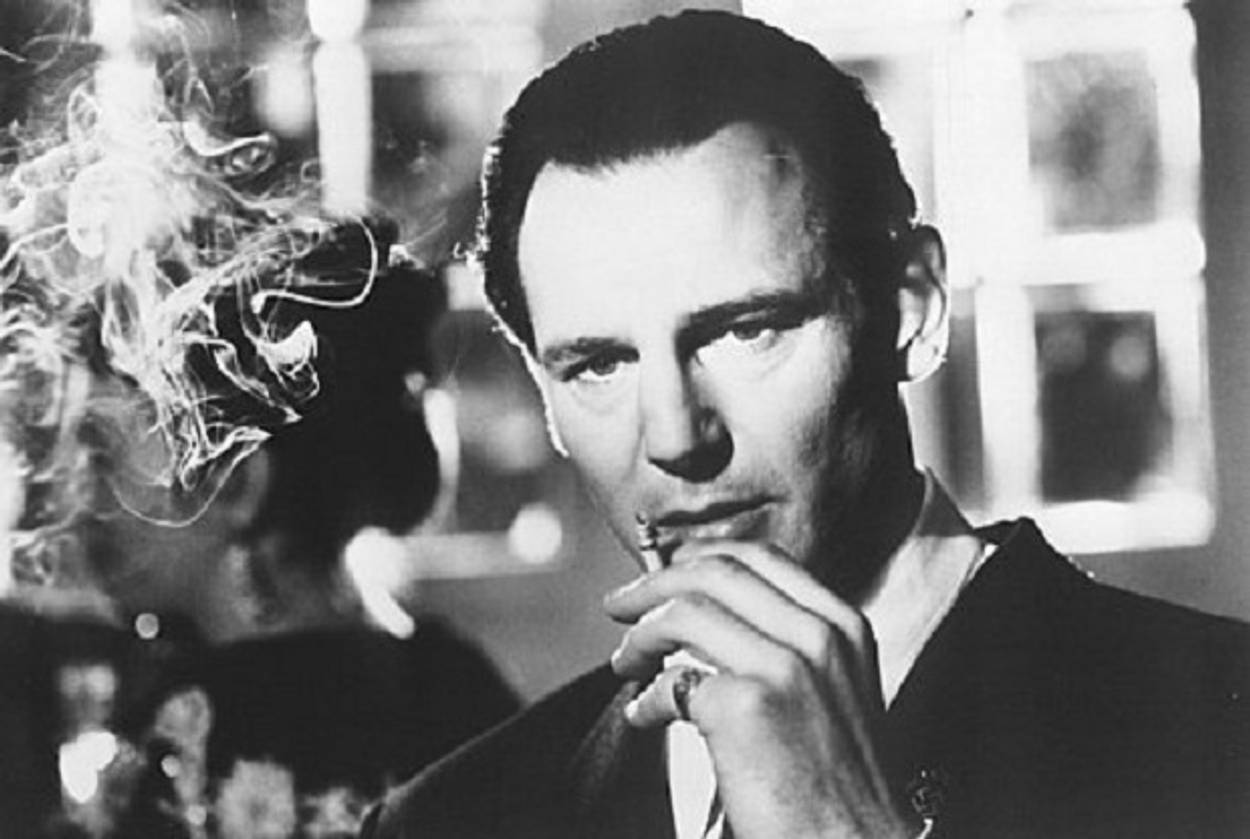Is Schindler a Projection of Spielberg Himself?
‘Schindler’s List’ is a story of redemption—for both the film’s protagonist and its director




In a 1994 New Yorker profile that appeared a few months after the release of Schindler’s List, Steven Spielberg spoke candidly about how his Holocaust epic had transformed him.
In the past, he told the magazine’s Stephen Schiff, there had been projects he’d done for the money—things like the Indiana Jones sequels and Jurassic Park. “But,” he added, “these days I’d rather make the more difficult choices. I was just so challenged by Schindler’s List and so fulfilled by it and so disturbed by it. It so shook up my life, in a good way, that I think I got a little taste of what a lot of other directors have existed on all through their careers.”
Schindler’s List is also a story of transformation—of a hunger for money giving way to a higher calling. At its outset, Oskar Schindler is a dissolute, if charismatic, figure: a womanizer, a war profiteer, an opportunist. It’s more than an hour into the film before the girl in the red coat prompts his course-altering epiphany, and then another hour before the compilation of the list that secures his place in history.
Spielberg has often used characters who serve as stand-ins for himself: Roy Neary, the everyman visionary of Close Encounters; Upham, the brainy cartographer of Saving Private Ryan. Schindler fits squarely into this tradition. He’s a showman, a stager of spectacles, a Mitteleuropean P.T. Barnum. His talents, he tells Ben Kingsley’s Itzhak Stern, lie not so much with work but with “the presentation.” It’s perhaps no coincidence that the name by which Schindler goes most frequently is “Herr Direktor.”
It is, of course, not unproblematic to draw parallels between Schindler and Spielberg, but there is utility in it, too. Seeing Schindler as Spielberg’s avatar can offer perspective on some of the film’s alleged flaws—that it’s “not Jewish enough,” that it regards survivors more highly than it does the dead—and a fresh appreciation of its virtues.
There’s no question that Schindler’s List is a hugely ambitious movie, but it is, at the same time, a project rooted in humility. In an otherwise quite critical assessment, Philip Gourevitch wrote that “the film’s tone might best be described as one of intimate distance, staying very close to the action but never claiming to know more than meets the eye.” Spielberg treats the film’s Jews respectfully but with the knowledge that there’s a limit to his ability to comprehend.
If anything, Schindler’s List is an attempt to bridge the gap—in time, in space, in understanding—between the Jews of wartime Europe and the world of today, and Schindler is the vehicle through which this act of translation takes place. We may not have the capacity to understand the lot of the Jews of the Krakow Ghetto, but we can understand Schindler: he has wealth, he has influence, he has connections. He’s a little like a 1990s movie mogul.
But Schindler is of interest to Spielberg not only because of what he has but because of what he does. He bankrupts himself and puts his life in jeopardy in order to do what’s right. Schindler, ultimately, represents two things for Spielberg: what he is—and what he aspires to be.
Schindler’s List will be screened at New York’s Museum of Jewish Heritage on Wednesday, July 30, at 6:30 p.m. as part of the free summer-long series Close Encounters of the Spielberg Kind, which will continue every Wednesday through Aug. 13.
Gabriel Sanders is Tablet’s director of business development.